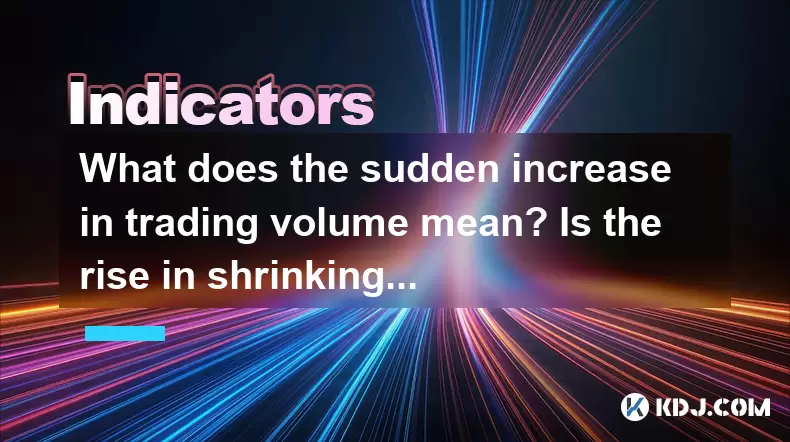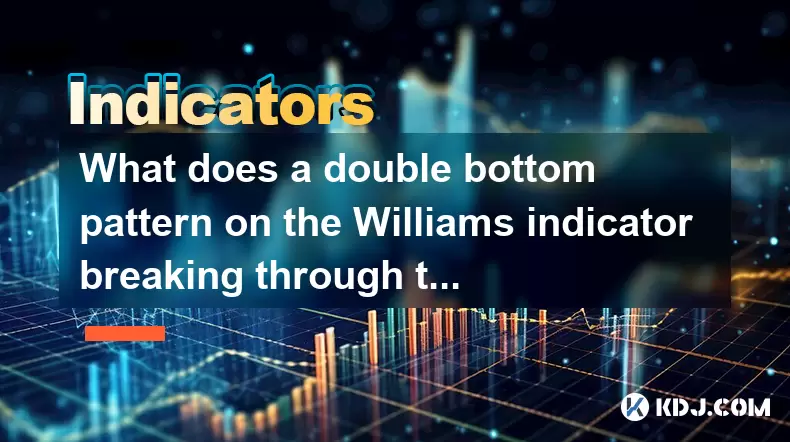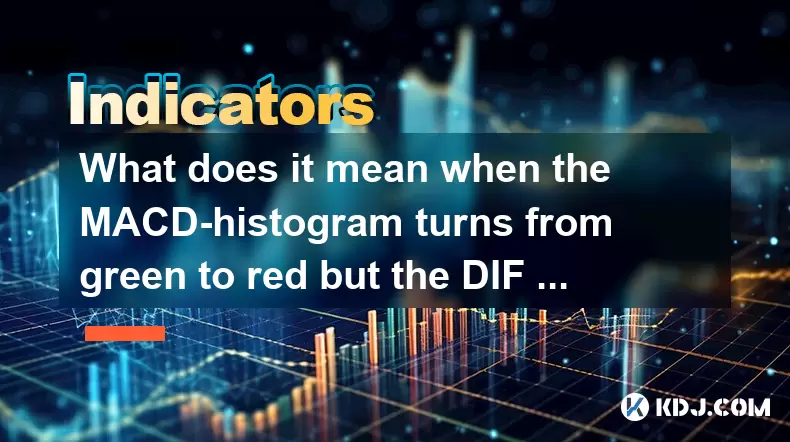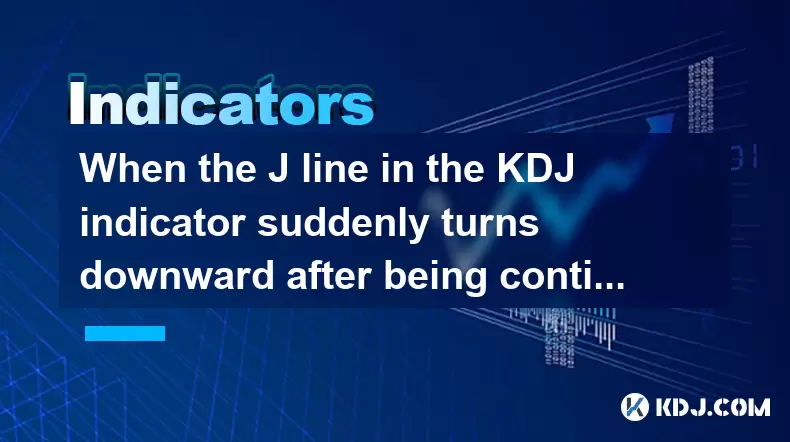-
 Bitcoin
Bitcoin $116400
-0.36% -
 Ethereum
Ethereum $4033
3.40% -
 XRP
XRP $3.302
-1.26% -
 Tether USDt
Tether USDt $1.000
-0.02% -
 BNB
BNB $796.1
1.67% -
 Solana
Solana $177.8
1.89% -
 USDC
USDC $0.9999
0.00% -
 Dogecoin
Dogecoin $0.2314
4.09% -
 TRON
TRON $0.3381
0.14% -
 Cardano
Cardano $0.7989
1.22% -
 Stellar
Stellar $0.4496
-1.84% -
 Chainlink
Chainlink $20.42
9.42% -
 Hyperliquid
Hyperliquid $41.17
0.88% -
 Sui
Sui $3.914
3.77% -
 Bitcoin Cash
Bitcoin Cash $584.7
1.52% -
 Hedera
Hedera $0.2632
-0.54% -
 Avalanche
Avalanche $24.09
3.40% -
 Ethena USDe
Ethena USDe $1.001
-0.02% -
 Litecoin
Litecoin $123.2
1.33% -
 Toncoin
Toncoin $3.318
-0.04% -
 UNUS SED LEO
UNUS SED LEO $8.984
-0.05% -
 Shiba Inu
Shiba Inu $0.00001323
2.85% -
 Uniswap
Uniswap $10.90
4.41% -
 Polkadot
Polkadot $3.999
3.34% -
 Dai
Dai $1.000
0.01% -
 Cronos
Cronos $0.1630
9.64% -
 Bitget Token
Bitget Token $4.484
0.82% -
 Monero
Monero $272.4
2.44% -
 Pepe
Pepe $0.00001173
6.03% -
 Aave
Aave $290.8
2.88%
What does the sudden increase in trading volume mean? Is the rise in shrinking volume a trap?
Sudden crypto trading volume spikes often signal market shifts; understanding their causes is key for informed trading decisions and avoiding volume traps.
Jun 02, 2025 at 05:07 am

The sudden increase in trading volume within the cryptocurrency market can be a significant indicator for traders and investors, often signaling potential shifts in market sentiment or the onset of new trends. Understanding the reasons behind these volume spikes is crucial for making informed trading decisions. In this article, we will delve into what a sudden increase in trading volume might mean and whether a rise in shrinking volume could be a trap.
What is Trading Volume?
Trading volume refers to the total number of shares or contracts traded for a particular cryptocurrency within a specified period. It is a key metric used to gauge the activity and liquidity of an asset. High trading volume typically indicates strong interest in the cryptocurrency, while low volume may suggest a lack of interest or confidence.
Reasons for a Sudden Increase in Trading Volume
There are several reasons why a sudden increase in trading volume might occur. One common cause is a significant news event or announcement related to the cryptocurrency. For instance, if a major company announces plans to integrate a particular cryptocurrency into its payment system, this could lead to a surge in trading volume as investors rush to buy or sell the asset.
Another reason could be a technical breakout, where the price of the cryptocurrency moves beyond a key resistance or support level. This often attracts the attention of traders, leading to increased buying or selling activity. Additionally, market manipulation by large holders or "whales" can also cause sudden spikes in volume, as they attempt to influence the price of the asset.
Analyzing the Impact of Sudden Volume Increases
When a sudden increase in trading volume occurs, it is essential to analyze its impact on the price of the cryptocurrency. If the price moves significantly in one direction alongside the volume increase, it may indicate a strong trend. For example, if the volume spikes and the price rises sharply, this could signal the beginning of a bullish trend. Conversely, if the volume increases and the price drops significantly, it might suggest the start of a bearish trend.
However, it is crucial to consider other factors alongside volume. For instance, if the volume spike is accompanied by a lack of fundamental changes or news, it might be a false signal. In such cases, the volume increase could be short-lived, and the price might revert to its previous levels.
The Rise in Shrinking Volume: Is It a Trap?
A rise in shrinking volume, where the trading volume decreases while the price continues to rise, can be a cause for concern. This scenario might indicate that the price increase is not supported by strong buying interest. In other words, the price might be artificially inflated due to a lack of substantial trading activity.
Such situations can indeed be a trap for unsuspecting traders. If the price is rising on shrinking volume, it might suggest that the upward momentum is weakening. When the volume eventually picks up, it could lead to a sharp reversal in the price, catching traders off guard.
Identifying and Avoiding Volume Traps
To avoid falling into volume traps, traders need to be vigilant and use a combination of technical and fundamental analysis. Here are some steps to help identify and avoid volume traps:
- Monitor Volume and Price Trends: Regularly check the trading volume and price movements of the cryptocurrency. If the price is rising while the volume is decreasing, it might be a warning sign.
- Use Technical Indicators: Utilize technical indicators such as the Relative Strength Index (RSI) and Moving Average Convergence Divergence (MACD) to confirm trends. If these indicators show divergence from the price, it could indicate a potential trap.
- Stay Informed About News and Events: Keep an eye on news and events that could affect the cryptocurrency. If the price movement is not supported by any significant news or developments, it might be a false signal.
- Set Stop-Loss Orders: Implement stop-loss orders to limit potential losses. If the price suddenly reverses, the stop-loss order can help protect your investment.
Real-Life Examples of Volume Spikes and Traps
To better understand how sudden increases in trading volume and rising prices on shrinking volume can play out in real life, let's look at a couple of examples from the cryptocurrency market.
In 2017, Bitcoin experienced a significant volume spike following the announcement of the Bitcoin Cash hard fork. The volume increase was accompanied by a sharp rise in Bitcoin's price, signaling strong interest and a bullish trend. However, the volume eventually subsided, and the price corrected, illustrating the importance of monitoring volume alongside price movements.
Another example is the rise of Dogecoin in early 2021. The cryptocurrency saw a massive increase in trading volume and price, driven by social media hype and endorsements from high-profile figures. However, as the volume started to shrink while the price continued to rise, it eventually led to a sharp correction, trapping many late entrants.
Conclusion
Understanding the implications of sudden increases in trading volume and the potential traps associated with rising prices on shrinking volume is essential for navigating the cryptocurrency market effectively. By analyzing volume trends alongside other technical and fundamental indicators, traders can make more informed decisions and avoid falling into common traps.
Frequently Asked Questions
Q1: Can a sudden increase in trading volume always be trusted as a bullish signal?
A sudden increase in trading volume can be a bullish signal, but it should not be trusted blindly. It is essential to consider the context of the volume increase, including any accompanying news or events, and to analyze other technical indicators to confirm the trend. If the volume spike is not supported by fundamental changes, it might be a false signal.
Q2: How can traders differentiate between a genuine volume increase and market manipulation?
Differentiating between a genuine volume increase and market manipulation can be challenging. Traders should look for sustained volume increases over time rather than short-lived spikes. Additionally, checking for any unusual patterns in the order book or trading activity can help identify potential manipulation. Using tools like volume profile analysis and monitoring social media for coordinated efforts can also provide insights into whether the volume increase is genuine or manipulated.
Q3: What are some common indicators of a volume trap?
Common indicators of a volume trap include:
- Rising prices on decreasing volume, which suggests a lack of buying interest.
- Divergence between price and technical indicators such as RSI or MACD, indicating weakening momentum.
- Lack of significant news or events to support the price movement, suggesting that the trend might not be sustainable.
- Sudden and sharp reversals in price when volume picks up again, confirming the trap.
Q4: How can traders use volume analysis to improve their trading strategies?
Traders can use volume analysis to enhance their trading strategies in several ways:
- Confirming Trends: Use volume to confirm the strength of a trend. A rising price with increasing volume indicates a strong bullish trend, while a falling price with increasing volume suggests a strong bearish trend.
- Identifying Reversals: Look for volume spikes that coincide with price reversals. High volume at key support or resistance levels can signal a potential reversal.
- Avoiding Traps: Monitor volume trends to avoid falling into traps. If the price is rising on shrinking volume, it might be a warning sign of a potential trap.
- Timing Entries and Exits: Use volume analysis to time entry and exit points more effectively. For example, entering a trade during a volume spike can increase the chances of catching a strong trend, while exiting during low volume periods might help avoid sharp reversals.
Disclaimer:info@kdj.com
The information provided is not trading advice. kdj.com does not assume any responsibility for any investments made based on the information provided in this article. Cryptocurrencies are highly volatile and it is highly recommended that you invest with caution after thorough research!
If you believe that the content used on this website infringes your copyright, please contact us immediately (info@kdj.com) and we will delete it promptly.
- Moat Stocks & Mega-Cap Momentum: July's Standout Performance
- 2025-08-09 12:30:12
- Injective (INJ) Eyes $15.39 Breakout Amidst Explosive Network Growth
- 2025-08-09 12:30:12
- HAT Token Mania: Price Surges, Crypto Auctions, and Meme Coin Mayhem
- 2025-08-09 11:10:11
- Undervalued Cryptos Primed for a 2025 Takeoff: MAGACOIN, TRX, and SUI Lead the Pack
- 2025-08-09 11:10:11
- Bitcoin Goes to Harvard: Ivy League Embraces Digital Assets
- 2025-08-09 10:50:12
- Bitcoin, BlockDAG, and Toncoin: Decoding the Crypto Buzz in NYC
- 2025-08-09 11:30:11
Related knowledge

What does it mean when the Triple Moving Average (TRIX) turns downward but the price doesn't fall?
Aug 09,2025 at 12:42pm
Understanding the Triple Moving Average (TRIX) IndicatorThe Triple Moving Average, commonly known as TRIX, is a momentum oscillator designed to filter...

What does it mean when the Williams' oscillator repeatedly hits bottoms but fails to rebound?
Aug 09,2025 at 09:28am
Understanding the Williams %R OscillatorThe Williams %R oscillator, developed by Larry Williams, is a momentum indicator used in technical analysis to...

What does a double bottom pattern on the Williams indicator breaking through the 50-day midline indicate?
Aug 09,2025 at 10:56am
Understanding the Williams %R IndicatorThe Williams %R indicator, developed by Larry Williams, is a momentum oscillator that measures overbought and o...

What does it mean when the MACD-histogram turns from green to red but the DIF line fails to form a golden cross?
Aug 09,2025 at 10:15am
Understanding the MACD and Its ComponentsThe MACD (Moving Average Convergence Divergence) is a widely used technical analysis tool in the cryptocurren...

When the J line in the KDJ indicator suddenly turns downward after being continuously overbought, does it indicate a top?
Aug 09,2025 at 06:35am
Understanding the KDJ Indicator and Its ComponentsThe KDJ indicator is a momentum oscillator widely used in cryptocurrency technical analysis to ident...

What does it mean when the TRIX indicator suddenly diverges downward after a long period of convergence?
Aug 09,2025 at 12:56am
Understanding the TRIX Indicator in Cryptocurrency TradingThe TRIX indicator, or Triple Exponential Average, is a momentum oscillator used in technica...

What does it mean when the Triple Moving Average (TRIX) turns downward but the price doesn't fall?
Aug 09,2025 at 12:42pm
Understanding the Triple Moving Average (TRIX) IndicatorThe Triple Moving Average, commonly known as TRIX, is a momentum oscillator designed to filter...

What does it mean when the Williams' oscillator repeatedly hits bottoms but fails to rebound?
Aug 09,2025 at 09:28am
Understanding the Williams %R OscillatorThe Williams %R oscillator, developed by Larry Williams, is a momentum indicator used in technical analysis to...

What does a double bottom pattern on the Williams indicator breaking through the 50-day midline indicate?
Aug 09,2025 at 10:56am
Understanding the Williams %R IndicatorThe Williams %R indicator, developed by Larry Williams, is a momentum oscillator that measures overbought and o...

What does it mean when the MACD-histogram turns from green to red but the DIF line fails to form a golden cross?
Aug 09,2025 at 10:15am
Understanding the MACD and Its ComponentsThe MACD (Moving Average Convergence Divergence) is a widely used technical analysis tool in the cryptocurren...

When the J line in the KDJ indicator suddenly turns downward after being continuously overbought, does it indicate a top?
Aug 09,2025 at 06:35am
Understanding the KDJ Indicator and Its ComponentsThe KDJ indicator is a momentum oscillator widely used in cryptocurrency technical analysis to ident...

What does it mean when the TRIX indicator suddenly diverges downward after a long period of convergence?
Aug 09,2025 at 12:56am
Understanding the TRIX Indicator in Cryptocurrency TradingThe TRIX indicator, or Triple Exponential Average, is a momentum oscillator used in technica...
See all articles

























































































